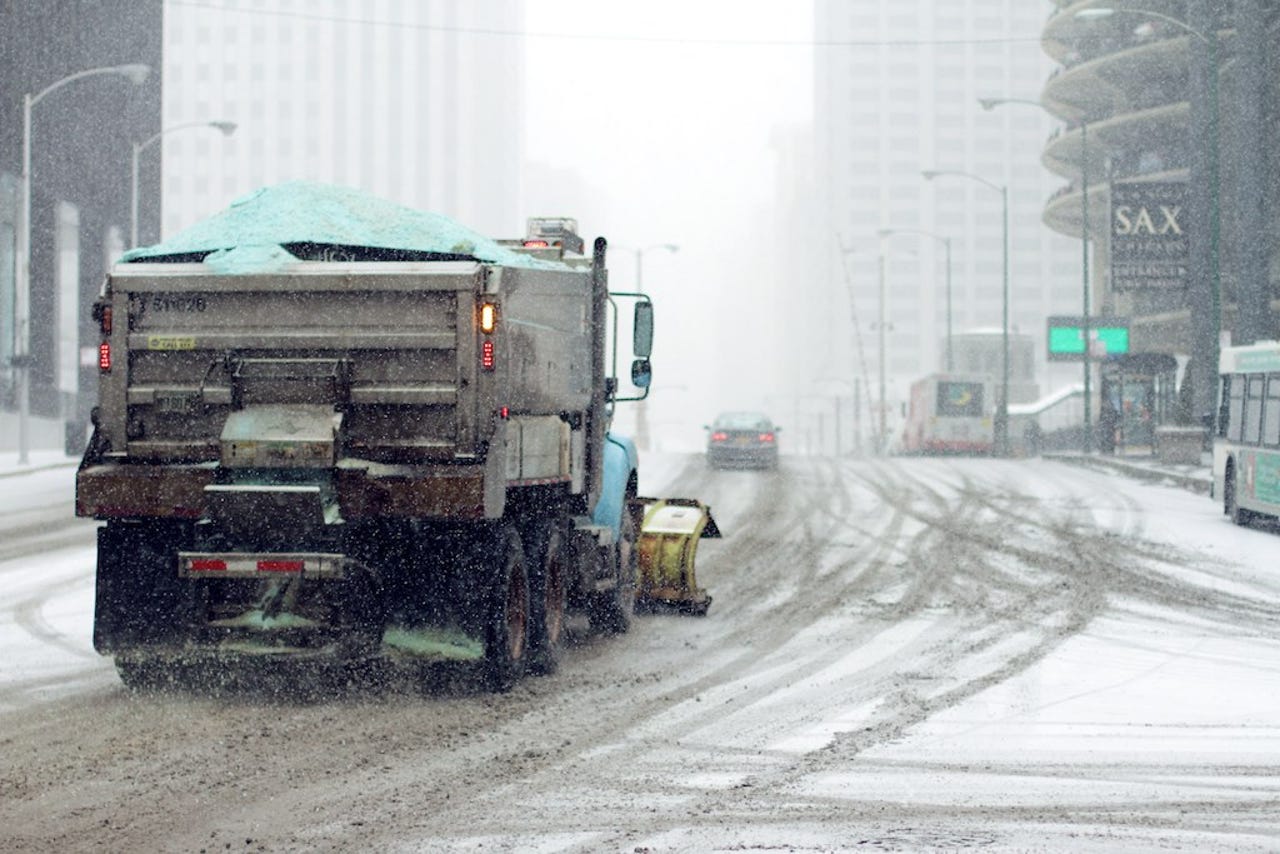This innovation keeps just enough salt on icy roads


In Indianapolis, the city says that after the first three weeks of the year they are close to going over the $7.3 million budget for snow removal. That money is supposed to last the entire year. The end of winter is still nearly two months away. It's a "="" class="c-regularLink" rel="noopener nofollow">similar story in Chicago, where just one-quarter of the city's snow removal budget for the year remains, and in "="" class="c-regularLink" rel="noopener nofollow">Detroit.
For some cities there's not much relief in sight. But a new innovation out of Spain could make the snow removal process a little more efficient before future snowstorms.
Engineers at Carlos III University in Madrid have developed the first optical sensor to monitor, in real time, the amount of salt already on a dry road surface. The details of this new sensor are published in the journal Sensors and Actuators B.
The implications for cities like Indianapolis, which has already spread more salt this season, 34,000 tons, than it does in a typical winter, is that they don't need to burn through as much salt during preventative road coverings before a storm. The sensor can monitor how much salt is already on the road from, say, a salt covering from a previous storm. That means less wasted salt and less of a financial burden on cities paying for the salt and overtime hours to the workers spreading it.
But the ability to reduce the amount of salt cities use isn't just a benefit for city budgets.
"This overacting can have various repercussions, both financial - as too much product is wasted - and environmental - as sodium chloride damages vegetation and contaminates aquifers - as well as having corrosive effects on vehicles and infrastructure," said Marta Ruiz-Llata, of Carlos III University, in a press release.
Of course, there's the chance that one day solar-powered roads could make snow removal equipment obsolete. But until then we'll have to be happy with modest innovations.
Photo: Flickr/vonderauvisuals
This post was originally published on Smartplanet.com